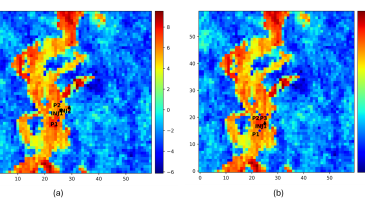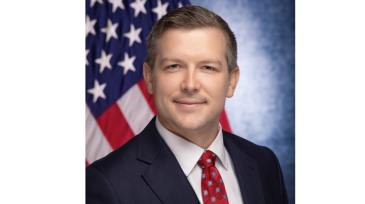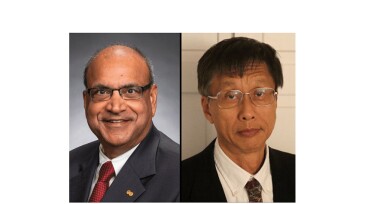R&D/innovation
The new facility was designed to enable advances in understanding subsurface processes through integrated geomechanics, fluid dynamics, and advanced reservoir characterization.
The 1-month project, led by UT Austin's Estibalitz Ukar, will pump CO2-rich water into a 400-m-deep well to test if magnesium-rich rocks at the test site can capture CO2 by turning it into stable minerals.
After a decade of research, the project boasts several achievements including drilling two test wells at depths below 9,800 ft, detailed geologic modeling and reservoir characterization, and multiple publications.
-
Learn how scalable modeling methods help turn the complex design of CO₂ storage systems into practical solutions.
-
Kyle Haustveit, SPE, as been confirmed as the 16th Assistant Secretary for the US Department of Energy’s Office of Fossil Energy.
-
The universities are forming a national hub focused on advancing safe and reliable subsurface storage of energy-related fluids.
-
Ganesh Thakur and George K. Wong will study deepwater Gulf of Mexico reservoirs to advance reservoir simulation and statistical analysis to evaluate production strategies, compare reservoir parameters, and improve recovery estimates.
-
The semi-pilot system uses custom membranes and catalysts to release hydrogen from liquid organic hydrogen carriers at low temperatures, reducing energy use and costs compared with current high-temperature methods.
-
Led by OSU's Prem Bikkina, SPE, the research focuses on compiling and analyzing geological and geochemical data to estimate white hydrogen availability in Oklahoma and surrounding states.
-
Rajiv Nischal, head of ONGC’s Institute of Production Engineering and Ocean Technology (IPEOT), shares the company's latest developments in technology, sustainability, safety, and more.
-
In this interview, Purohit explains why ultrasonic technology is rising as a dominant solution for gas-flow applications and how engineering teams can approach measurement as a tool not just for accountability but also for operational excellence.
-
David Nnamdi, SPE, speaks about his work as a data scientist and engineer, his development of Sequestrix, an open-source CO2 transport network optimization tool, and where he sees data science and AI’s role in the future of sustainable energy.
-
Microgrids are no longer niche innovations—they have become a foundational component of modern energy infrastructure. Realizing their full potential will require targeted policy reform, clearer regulatory frameworks, and greater access to innovative financing models.













